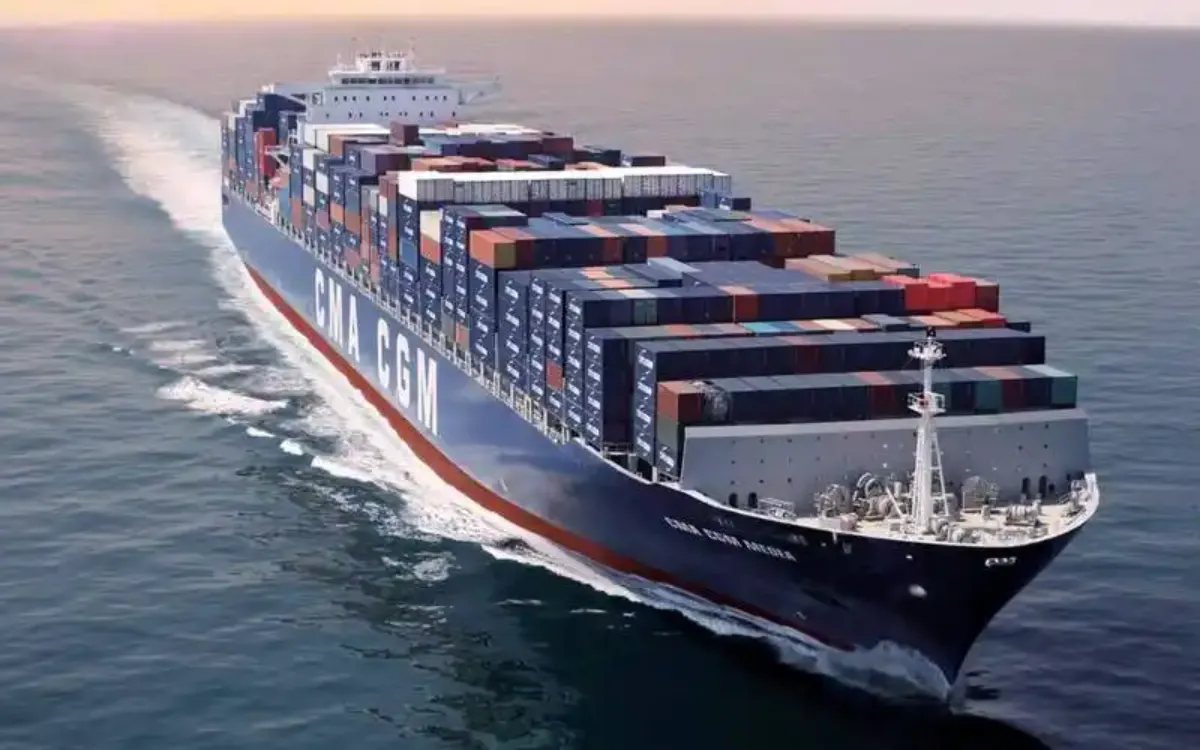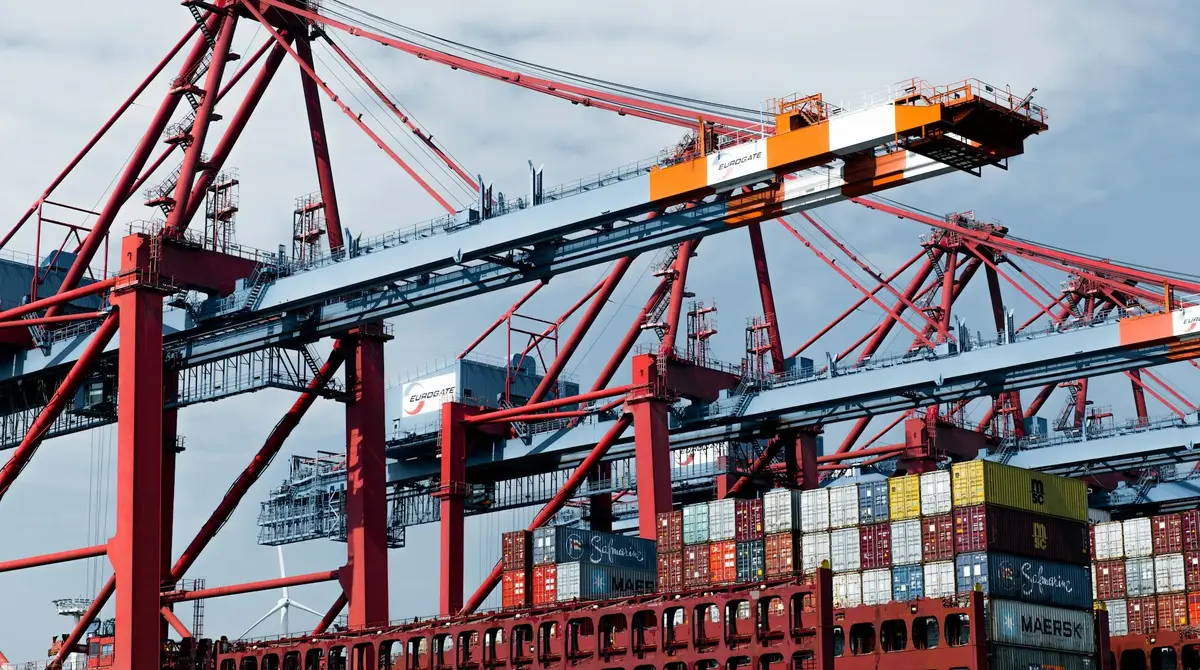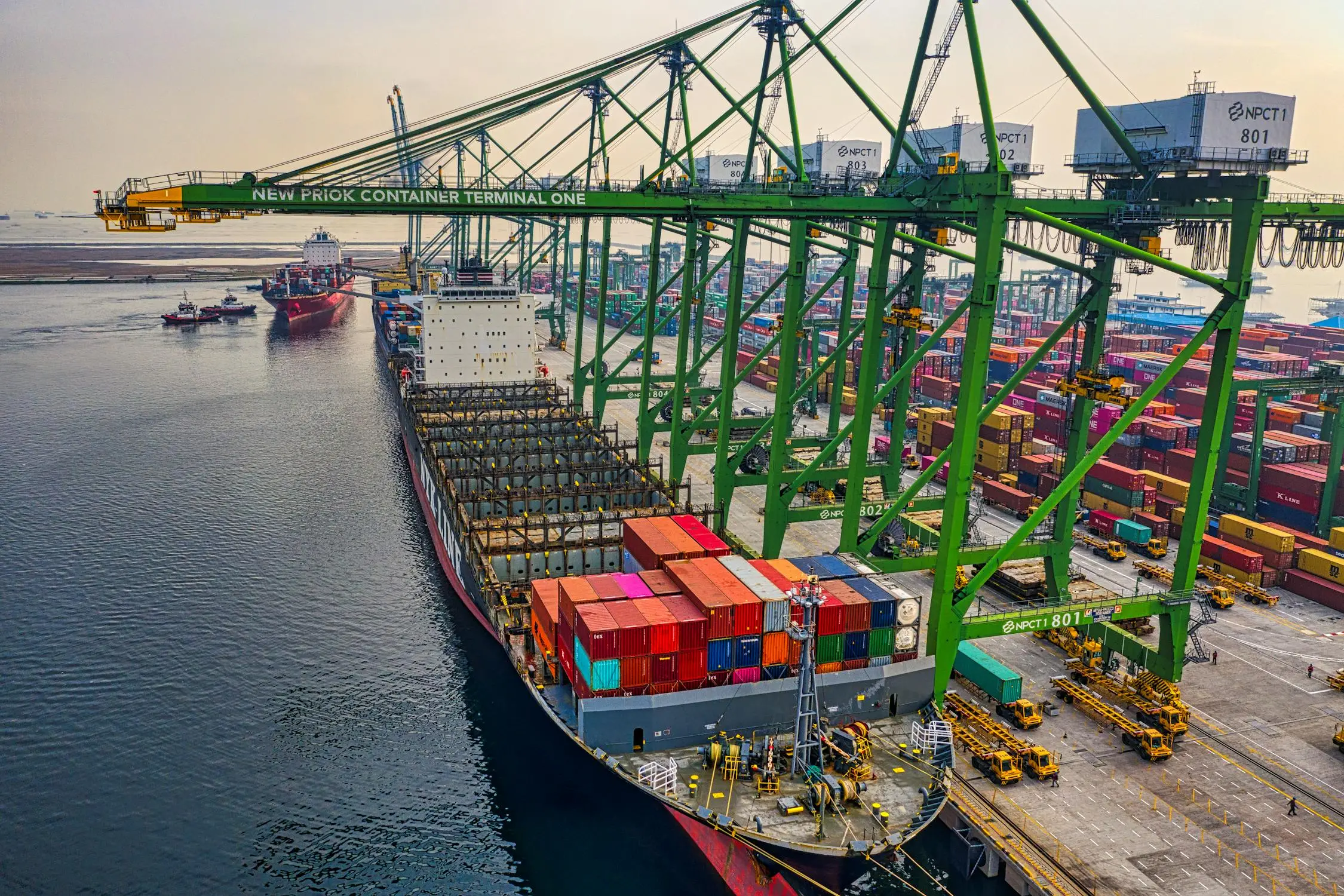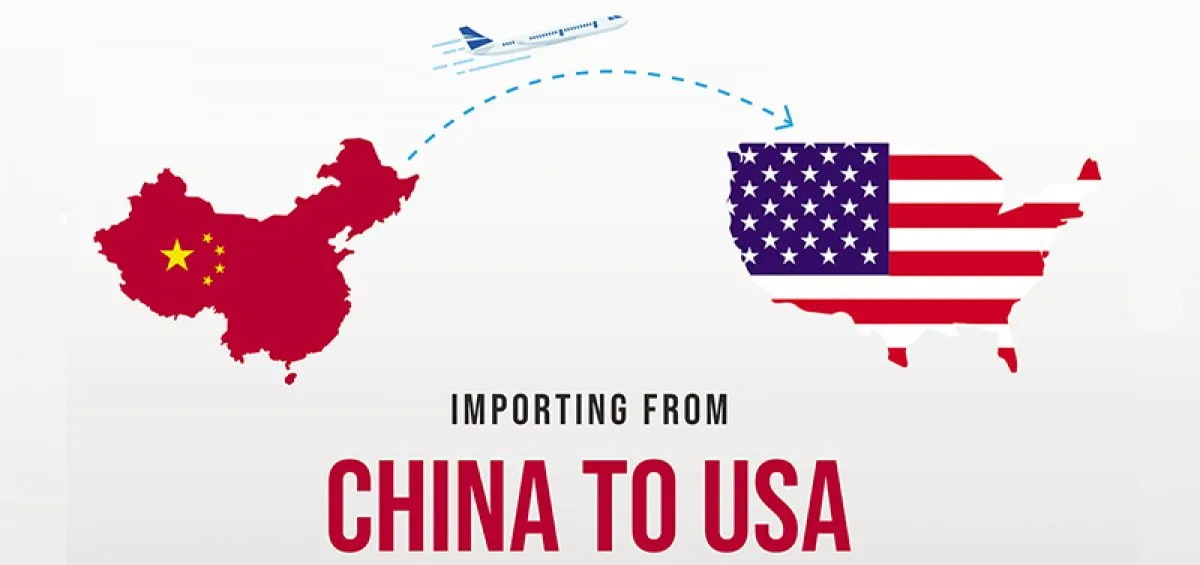
In today’s global economy, the United States and China are two of the largest trading partners. A significant portion of the goods sold in the U.S. is imported from China, and understanding the average shipping time from China to the USA is crucial for businesses and consumers alike. Whether you are an eCommerce retailer sourcing products from Chinese manufacturers or a consumer eagerly awaiting a package, knowing the ins and outs of shipping timelines can help manage expectations and plan better. This article delves into the various factors affecting shipping times, explores different shipping methods, and provides insights on how to speed up the process.
Factors Influencing Shipping Time from China to the USA
Shipping time is not a one-size-fits-all figure. Several variables can affect how quickly products can move from China to the U.S. Key factors include:
Shipping Method
The shipping method you choose plays a significant role in determining the time it takes for goods to reach the United States. Typically, shipping can be categorized into air freight, sea freight, and express shipping.
Air Freight: Air shipping is generally the fastest method, but it is also the most expensive. Packages typically arrive between 5 to 10 days, depending on factors like the location of the departure, customs processing, and the shipping company.
Sea Freight: Sea freight is much more economical but slower. On average, it takes between 15 to 45 days for a shipment to reach the U.S. from China. The variation in time is due to the shipping route, the efficiency of the port, and customs clearance.
Express Shipping: This method is offered by companies like DHL, FedEx, and UPS, and it’s ideal for small packages or samples. Delivery times can range from 3 to 7 days, depending on whether the service is economy or express.
Port Congestion
Port congestion is another factor that can significantly affect shipping times. Major U.S. ports, such as Los Angeles, Long Beach, and New York, often experience high levels of traffic, particularly during peak seasons like the holiday period. When a port becomes congested, unloading and customs clearance times can increase dramatically.
Customs Clearance
Customs clearance is a crucial step in the shipping process. Both China and the U.S. have stringent customs regulations that require proper documentation. Any discrepancies in paperwork or misdeclared items can lead to delays. On average, customs clearance in the U.S. takes 1 to 3 days, but this can extend further depending on the shipment size and compliance with regulations.
Holidays and Peak Seasons
During peak holiday seasons, such as Chinese New Year or the U.S. Christmas season, shipping times can be prolonged due to the surge in orders. Many factories in China close during the Chinese New Year, resulting in production and shipping delays. Similarly, Black Friday and Christmas in the U.S. lead to increased demand, causing longer transit times.
Geographical Location
The location of the factory or warehouse in China and the delivery address in the U.S. can also affect shipping times. Coastal cities like Shenzhen, Shanghai, and Ningbo tend to have faster processing times due to their proximity to major ports. On the U.S. side, shipping to major cities like New York, Los Angeles, or Chicago can be quicker compared to rural or inland areas.
Shipping Methods: Air vs. Sea Freight
To better understand the shipping process, let’s explore the two most common methods—air and sea freight—in more detail.
Air Freight
Air freight is often chosen for high-value, time-sensitive products. If speed is a priority, air shipping is the best choice. It can be particularly beneficial for industries like electronics, fashion, and pharmaceuticals, where quick delivery is crucial. Air freight generally takes between 5 to 10 days to ship from China to the U.S.
Pros:
- Fast transit time.
- Reliable and secure.
- Good for high-value and time-sensitive goods.
Cons:
- Expensive, particularly for large or heavy items.
- Limited by cargo space, especially during peak seasons.
Sea Freight
Sea freight is the go-to option for bulk shipments or when cost is the primary concern. While it’s slower than air freight, it offers more economical pricing, making it ideal for large volumes of goods. Sea freight typically takes between 15 to 45 days to arrive in the U.S., with variability depending on the port of origin and destination.
Pros:
- Much cheaper than air freight, especially for large shipments.
- Ideal for heavy and bulky items.
- More flexible in terms of cargo volume.
Cons:
- Slow transit time.
- Susceptible to weather delays and port congestion.
- Requires careful planning and coordination to meet deadlines.
Customs and Import Procedures
A significant part of the shipping process involves navigating customs procedures. Both the Chinese and U.S. customs agencies have specific requirements that must be met for a smooth shipping experience.
China Customs
In China, exporters must ensure that the proper documentation accompanies the shipment. This typically includes the commercial invoice, packing list, bill of lading (for sea freight), or airway bill (for air freight), and any applicable export licenses.
U.S. Customs
When goods arrive in the U.S., they must clear customs before being delivered to the final destination. U.S. Customs and Border Protection (CBP) inspects incoming goods to ensure they comply with U.S. laws and regulations. Importers need to provide the following documentation:
Commercial Invoice:** Describes the value and contents of the shipment.
Packing List:** Details the packaging and quantity of goods.
Bill of Lading:** Proof of shipment from the carrier.
Other Regulatory Documents:** Some items may require special permits or certifications (e.g., electronics, chemicals, etc.).
Import Duties and Taxes
Import duties and taxes can also impact the time and cost of receiving goods. Depending on the product category, there may be tariffs and additional fees, particularly with the current U.S.-China trade tensions. It's essential to account for these charges when calculating the total cost and timeline of shipping.
How to Minimize Shipping Time from China to the USA
While many factors are out of your control, there are steps businesses and consumers can take to minimize shipping times.
Plan Ahead and Order Early
To avoid the rush of peak seasons and factory closures, plan your orders ahead of time. Place orders well before major holidays and give yourself a buffer period to accommodate potential delays.
Choose the Right Shipping Method
Choosing the correct shipping method is crucial. If speed is your priority and you’re willing to pay more, opt for air freight or express shipping. For large orders or when cost savings are necessary, sea freight is your best option, but plan for a longer transit time.
Work with a Reliable Freight Forwarder
Freight forwarders can simplify the logistics process by handling the shipping, customs clearance, and documentation. They have established relationships with carriers and can help you navigate potential pitfalls, such as port congestion and customs issues.
Optimize for Efficient Customs Clearance
Ensure that all your shipping documentation is accurate and complete to avoid delays at customs. Working with customs brokers can help streamline the process, ensuring that your goods clear customs as quickly as possible.
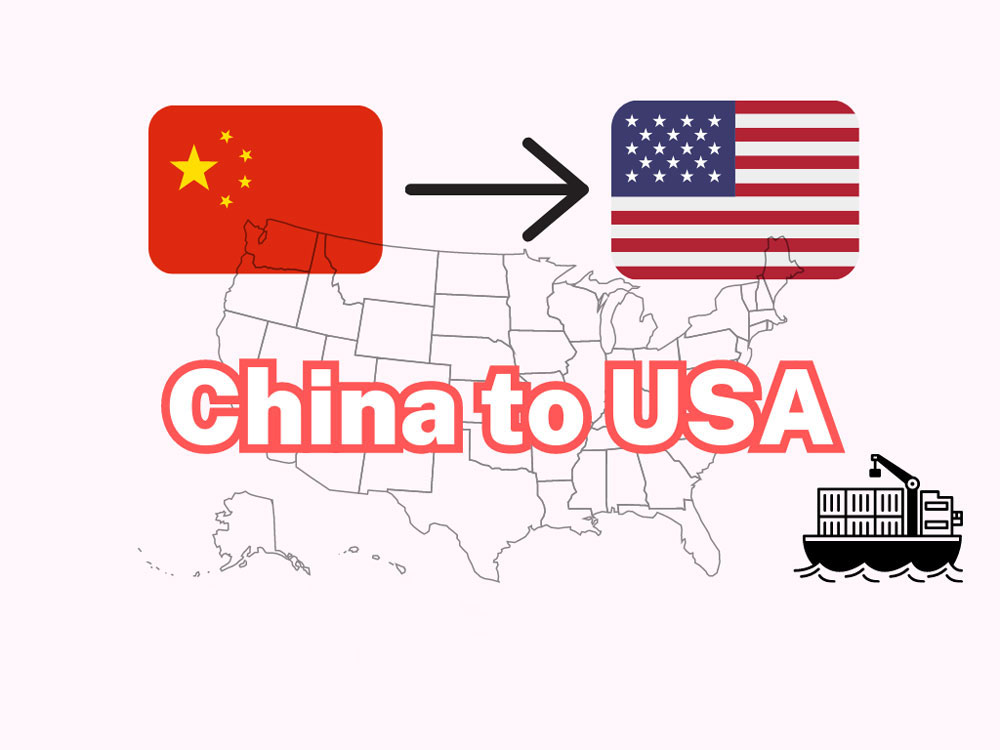
Conclusion
The average shipping time from China to the USA can vary widely based on a range of factors, including the shipping method, port congestion, and customs clearance. Air freight offers speed but at a higher cost, while sea freight is more economical but slower. By planning ahead, choosing the right shipping method, and ensuring proper documentation, businesses and consumers can minimize delays and ensure a smoother shipping experience. Understanding these dynamics is essential for efficient global trade and maintaining supply chain stability. Whether you’re a business owner importing goods or a consumer waiting for a package, being informed about the shipping process from China to the USA can help set realistic expectations and avoid unnecessary frustration.
 Easy Shipping From Global, Save Cost
Easy Shipping From Global, Save Cost

